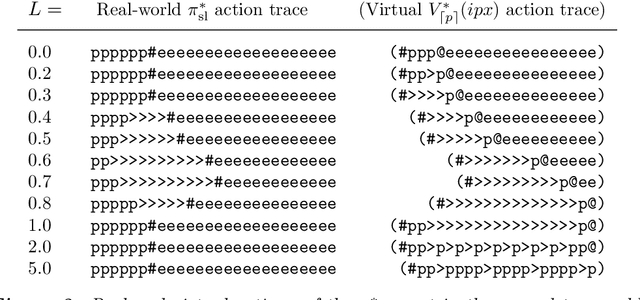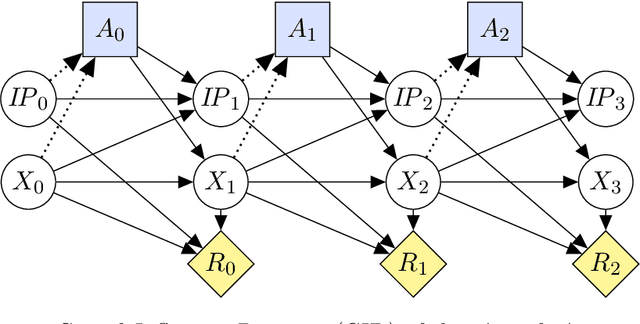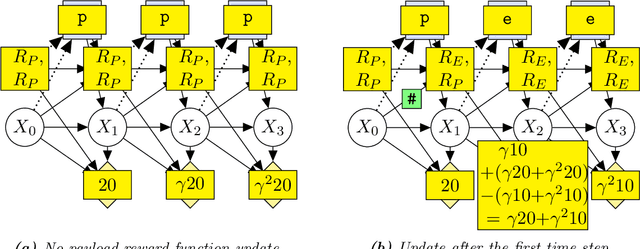AGI Agent Safety by Iteratively Improving the Utility Function
Paper and Code
Jul 10, 2020



While it is still unclear if agents with Artificial General Intelligence (AGI) could ever be built, we can already use mathematical models to investigate potential safety systems for these agents. We present an AGI safety layer that creates a special dedicated input terminal to support the iterative improvement of an AGI agent's utility function. The humans who switched on the agent can use this terminal to close any loopholes that are discovered in the utility function's encoding of agent goals and constraints, to direct the agent towards new goals, or to force the agent to switch itself off. An AGI agent may develop the emergent incentive to manipulate the above utility function improvement process, for example by deceiving, restraining, or even attacking the humans involved. The safety layer will partially, and sometimes fully, suppress this dangerous incentive. The first part of this paper generalizes earlier work on AGI emergency stop buttons. We aim to make the mathematical methods used to construct the layer more accessible, by applying them to an MDP model. We discuss two provable properties of the safety layer, and show ongoing work in mapping it to a Causal Influence Diagram (CID). In the second part, we develop full mathematical proofs, and show that the safety layer creates a type of bureaucratic blindness. We then present the design of a learning agent, a design that wraps the safety layer around either a known machine learning system, or a potential future AGI-level learning system. The resulting agent will satisfy the provable safety properties from the moment it is first switched on. Finally, we show how this agent can be mapped from its model to a real-life implementation. We review the methodological issues involved in this step, and discuss how these are typically resolved.
 Add to Chrome
Add to Chrome Add to Firefox
Add to Firefox Add to Edge
Add to Edge